As humans age, our bodies start to change; our spinal disks shrink, we even lose muscle and bone mass, and blood clotting diseases become far more common.
For years, doctors have tried to understand why blood clotting, which causes strokes and heart attacks, is far more prevalent in the elderly. Now, they believe they’ve found the “troublemaker” cells that are causing these problems.
Understanding Blood Clots
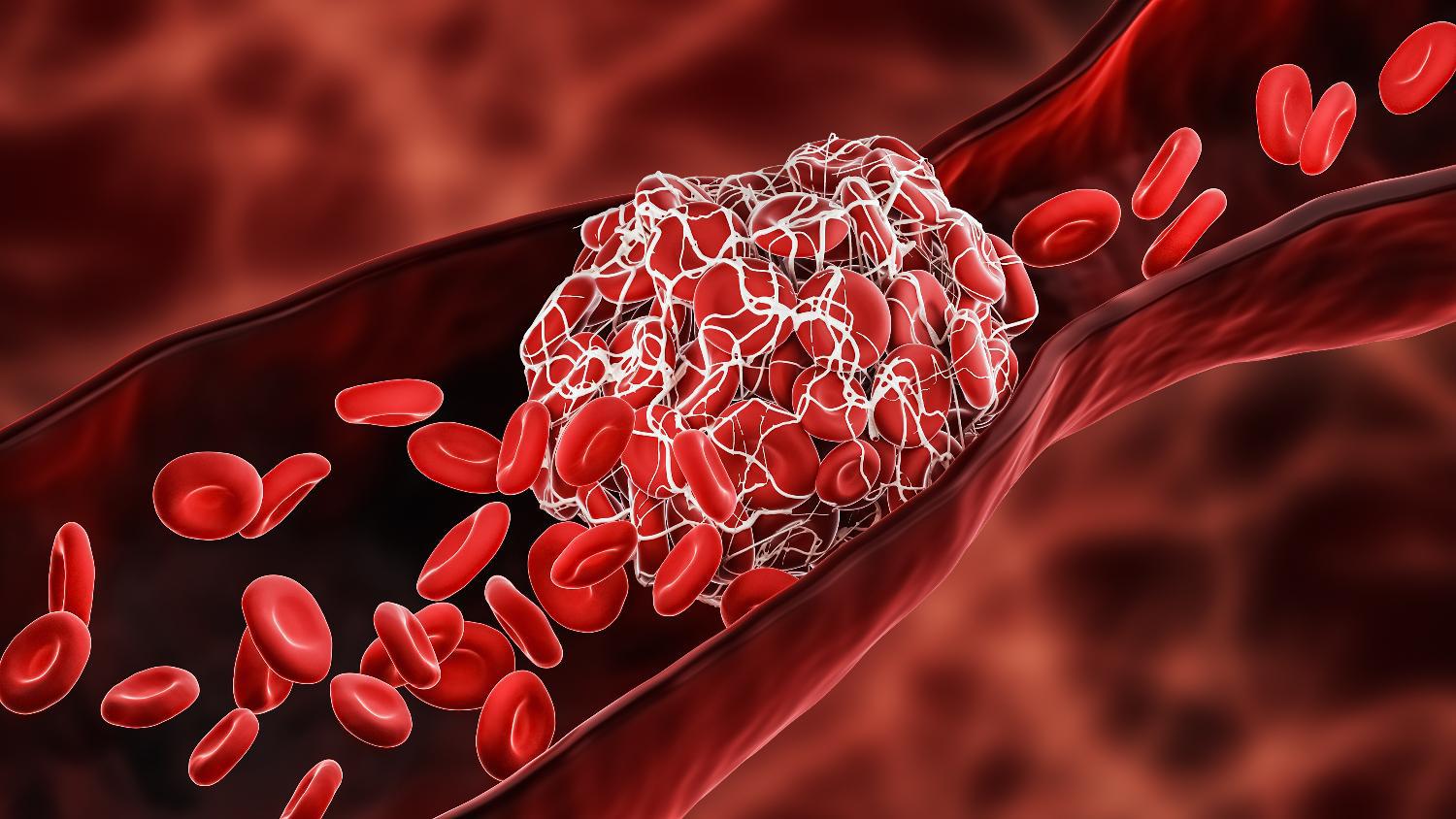
A blood clot, also called a thrombus, is a gel-like mass that forms when the blood congeles. It can prevent blood flow in the veins and arteries, which causes conditions like strokes, pulmonary embolisms, difficulty breathing, weakness, heart attacks, and sometimes, death.
While blood clots can occur in any body at any time, they are most common in those over the age of 65, and for years, doctors have wondered why.
The Risk of Blood Clots Increases With Age

Professor of Biomolecular Engineering, Camilla Forsberg from UC Santa Cruz, said, “The question for decades and decades has been: why are aging people at such high risk for excessive blood clotting, stroke, and cardiovascular disease?”
So, Dr. Forsberg and her team decided to finally figure out the answer to this age-old question. After extensive research, they believe they’ve found the answer.
The UC Santa Cruz Blood Clot Study
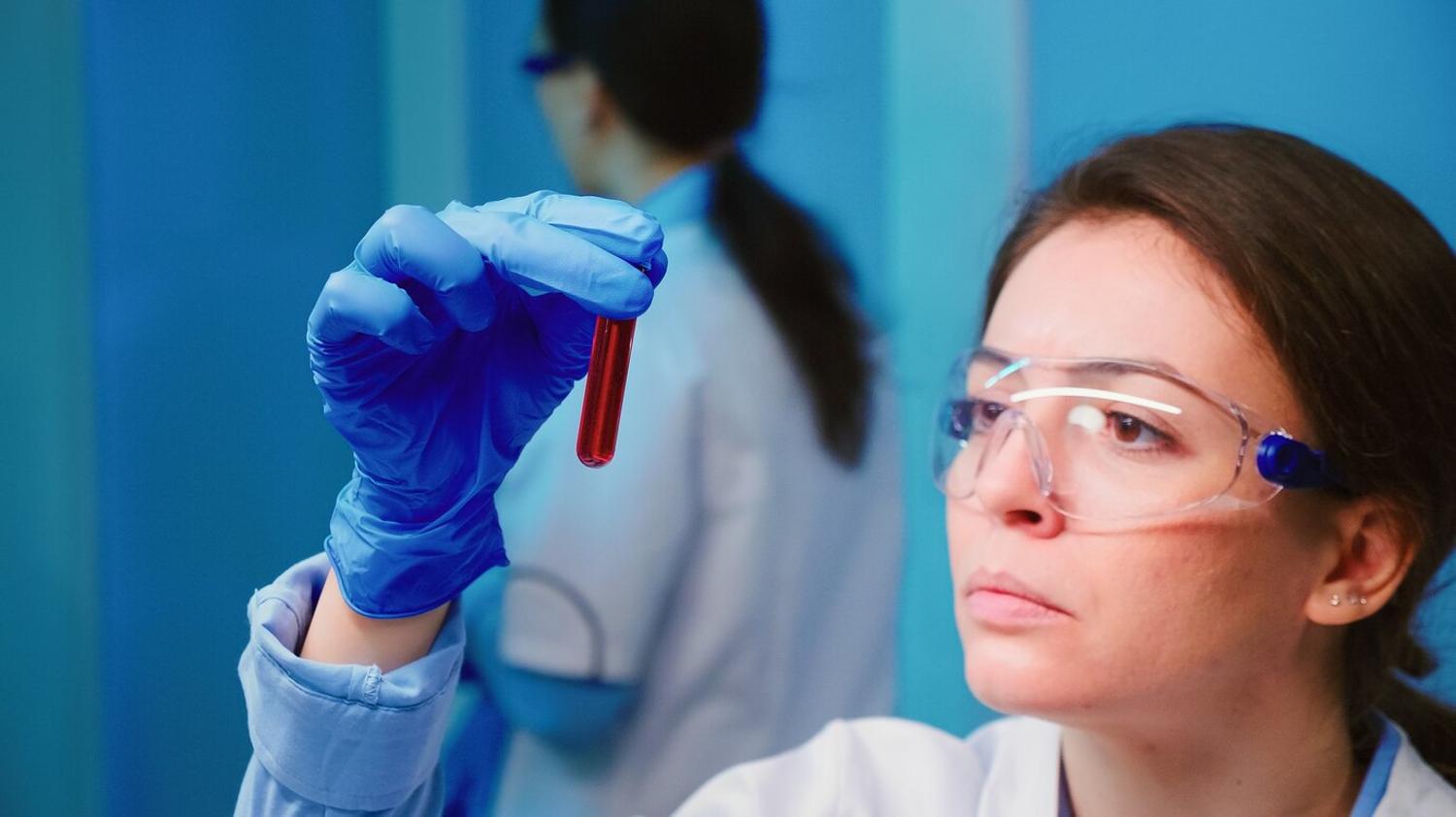
Scientists at the UC Santa Cruz Institute for the Biology of Stem Cells (IBSC) conducted an extensive study to understand why blood clots are far more common in aging bodies. On June 6, 2024, they finally released their extremely interesting findings in Cell journal.
Dr. Forsberg explained, “We have this discovery of a whole new pathway that progressively appears with aging—troublemakers! That was never part of the discussion.”
What Are “Troublemaker” Cells?

According to Dr. Forsberg and her team, including Dr. Donna Poscablo, “troublemaker” cells are specific platelets that present in aging bodies.
The researchers explained that these platelets have unique molecular properties and hyperreactive behavior, which makes them more prone to clotting.
What Are Platelets?
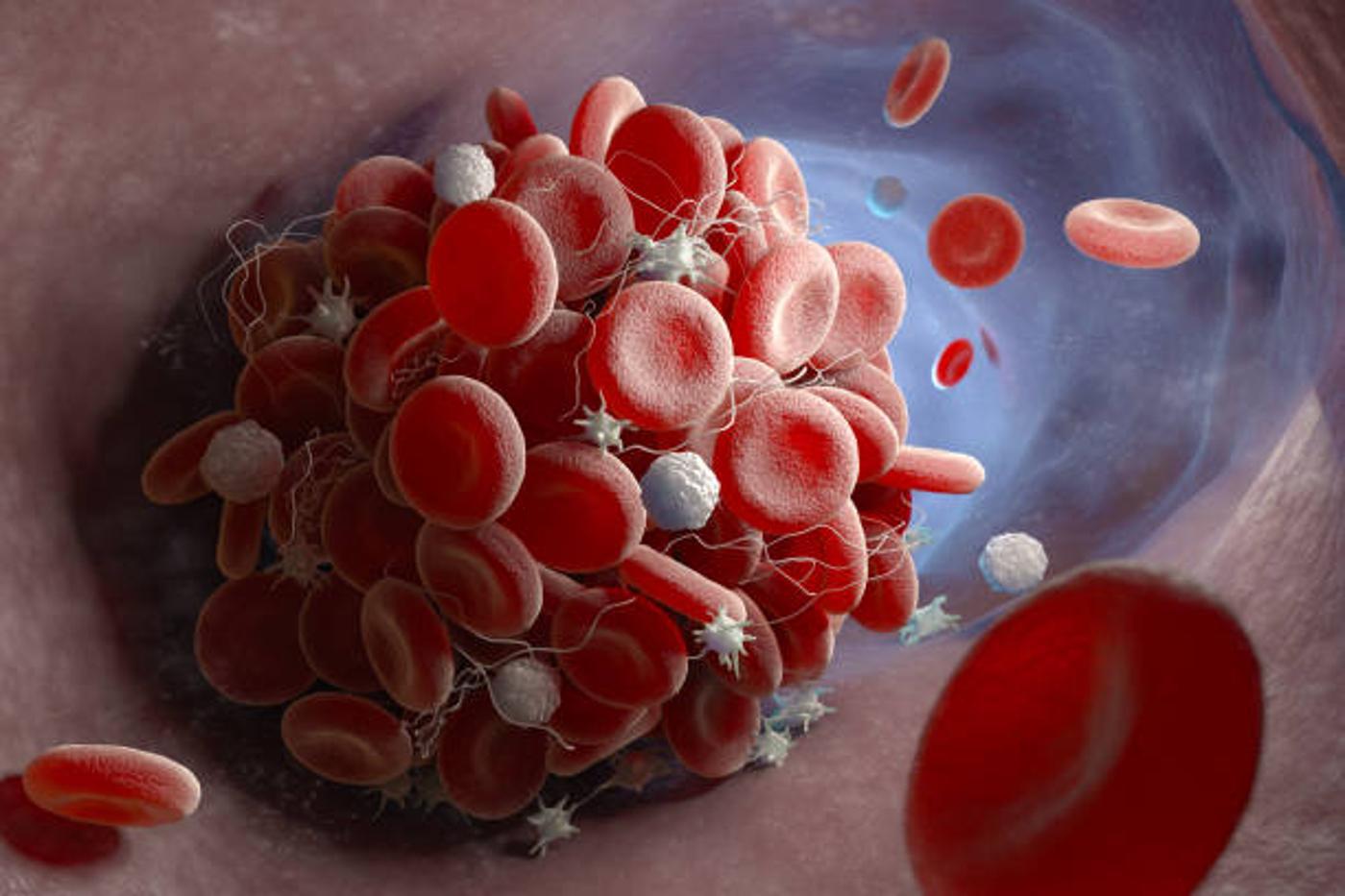
In order to fully understand this important discovery, it’s crucial to know what platelets are and how they can both hurt and help the body.
There are three types of blood cells in the body: white, red, and platelet. Each of them is absolutely essential for proper function. White blood cells attack invaders like bacteria and viruses; red blood cells carry oxygen from the lungs to the rest of the body; and platelets form clots to stop or prevent bleeding.
Dysregulation Is the Problem

Platelets help ensure we don’t bleed out when we get a cut or scrape, making them extremely useful. The problem is when platelets are dysregulated. And, scientists have found that platelet dysregulation becomes increasingly common with age.
In some people, the platelets are underperforming and cannot properly clot the blood as needed. However, in most cases, these cells are hyperreactive, forming clots too often.
All Blood Cells Start as Hematopoietic Stem Cells
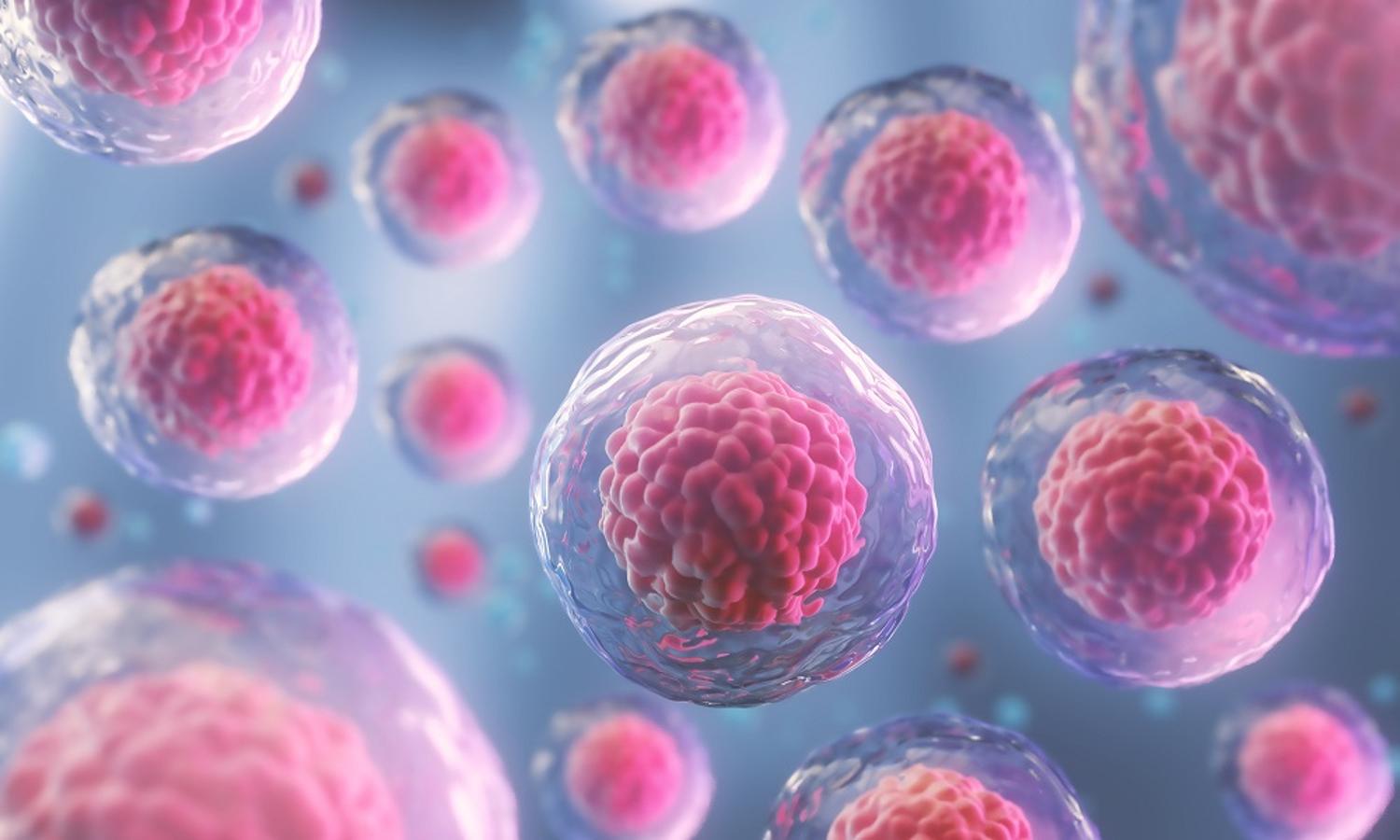
Now, here’s where things get interesting. White, red, and platelet cells all start off as hematopoietic stem cells and then mature through “differentiation pathway” to become one of the three types of blood cells.
Scientists have always understood that, as we age, the number of hematopoietic stem cells created by the body diminish. But what they haven’t been able to understand is why platelet cells seem to be hyperreactive in the elderly.
Using Mice to Trace the Hematopoietic Pathway

So, the researchers at UC Santa Cruz decided to follow hematopoietic cells in aged mice to find out how and why they created hyperreactive platelets.
They noticed that some of the hematopoietic cells matured into platelet cells did not travel along the differentiation pathway. Instead, they took a shortcut, skipping over many necessary steps for healthy development and becoming megakaryocyte progenitors.
The First Age-Specific Stem Cell Pathway
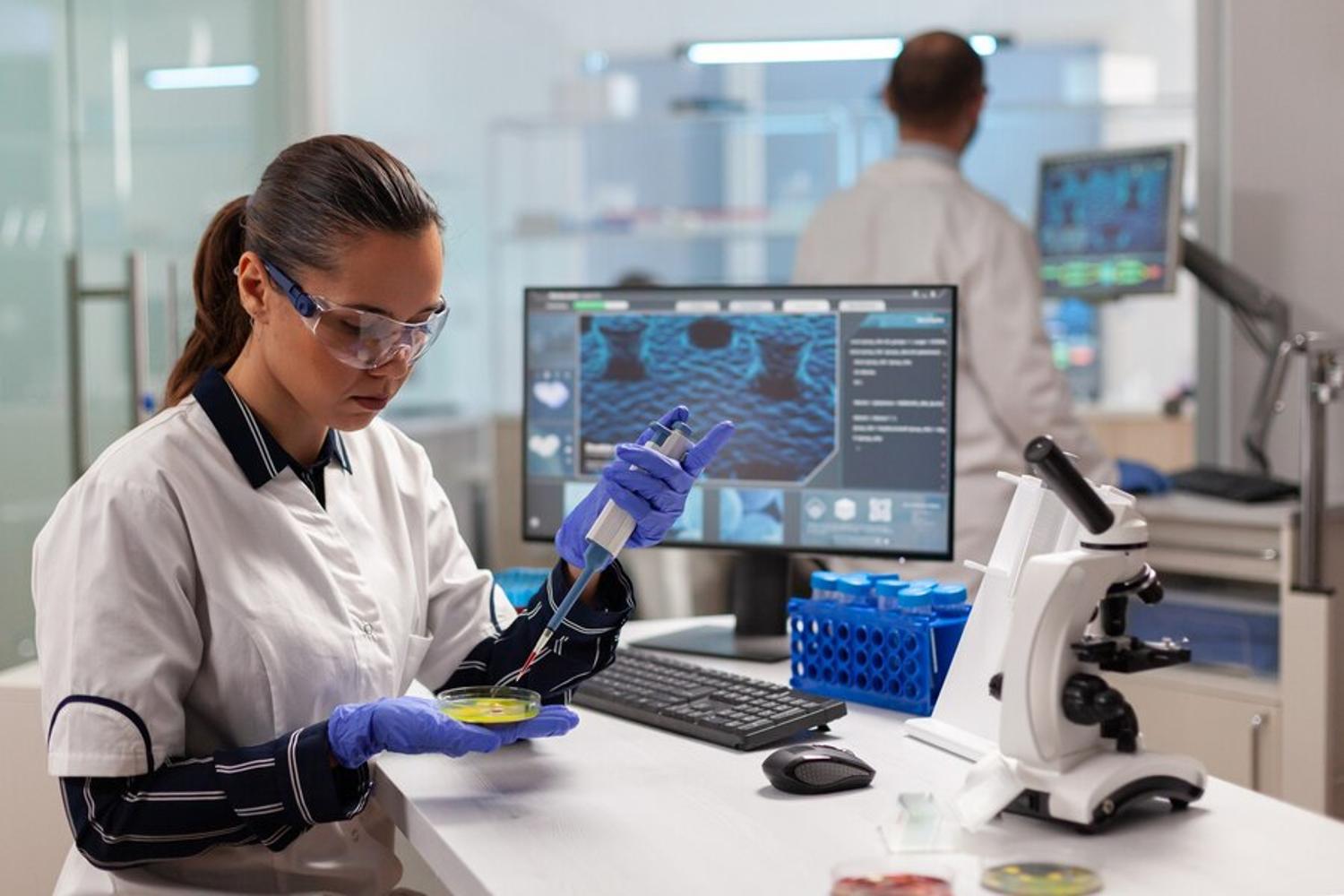
This is the first time researchers have ever recorded an age-specific cell pathway and they were quite surprised.
Dr. Forseberg explained, “People think of [platelets and red blood cells] as one lineage that shares regulation and intermediate stages until the very end. To see that [the secondary platelet population] were completely separated all the way from the stem cell level, only in aged mice, was really surprising.”
This Discovery Could Improve Treatment for the Elderly

This incredibly exciting discovery will undoubtedly help medical researchers develop targeted medications for the elderly which could significantly decrease the number of people who experience blood clots.
Additionally, scientists believe that with this information, they could determine which existing blood thinning medications can target the secondary, troublemaking platelet cells which are hyperreactive.
Improving the Lives of the Elderly Overnight

Realistically, there is still more research to be done as to how modern medicine can help minimize these hyperreactive platelet cells. But this study has essentially improved the lives of the elderly overnight.
Hopefully, they will soon be able to properly administer existing medicines and even create new ones that will substantially decrease an aging person’s risk of blood clotting, allowing them to live longer, healthier lives.








































